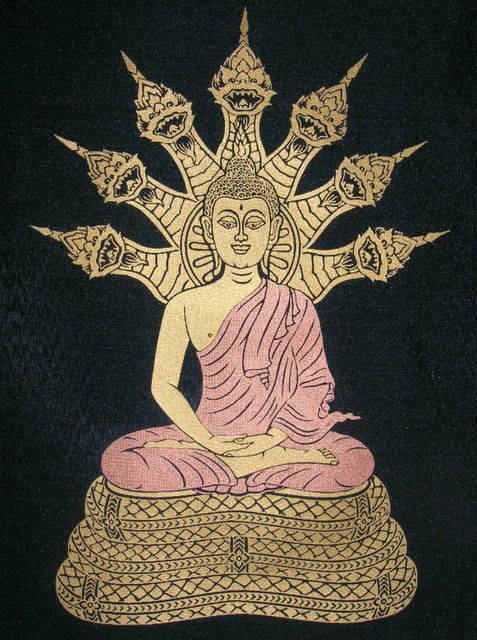I’ve been thinking of events, or series of events, which defy all possible probability in the normal course of life. Iain in Japan wrote about a series of coincidences which more than likely lead to his young sons life being saved. No doubt there are many such stories to tell such as this one from early in year 2000.
I was on a long drive, trailing a caravan, from Manchester in northern England to Cornwall. That’s a long way in one day. Mine was the slowest rig on the road. Somewhere south of Exeter, and late into the night, my concentration was failing me. I lost my way in some road works and turned off the main road onto a slip road by mistake. Realizing what I’d done I proceeded back towards the main road again. In a daze of tiredness I didn’t check for traffic before merging, there wasn’t much traffic at that time of night. Then whoosh, quick as you like, a huge commercial rig streaked past before me on the main road. It could have been Starship Enterprise, the event was that surreal. Seamlessly I trundled on, merging in behind it as it sped into the dark night. A near brush with certain death, and no mistake.
Quite early on in my monastic training I turned a corner, so to speak, and realized everything in my life had brought me to this place. The good times and the dreadful ones too, the painful circumstances and the joyful ones, all without exception, had been Great Compassion at work. Although at the time it didn’t always look that way.
And it looks like compassion is still at work in my world. Just a few days ago when out in a car I realized I was driving on the wrong side of a country road, and had been doing so for some time.
There is the matter of accumulated spiritual merit involved in all of this.

